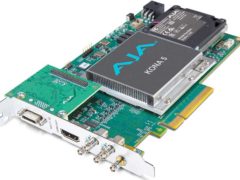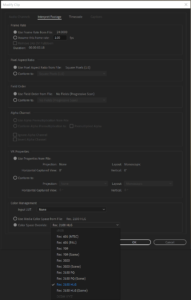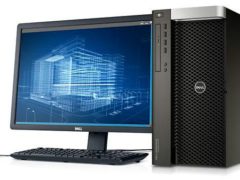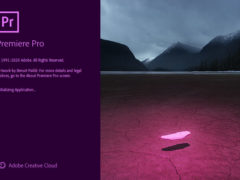NVidia has put on a series of conferences every year that focus on the new developments in GPU based computing. Originally these were about graphics and visualization, which were the most advanced things being done with GPUs, but now they showcase everything from super-computing and AI to self-driving cars and VR. The first GTC conference I attended was in 2016, when NVidia first announced their Pascal architecture, with dedicated Tensor cores. Even then, that was targeted to super-computing users, but there was still lots of graphics based content to explore, especially with VR. Over time, the focus has shifted from visual applications, towards AI applications, that aren’t necessarily even graphics based at all, they just have similar parallel computing requirements to graphics processing, and are optimal tasks to be accelerated on GPU hardware. Continue reading →












